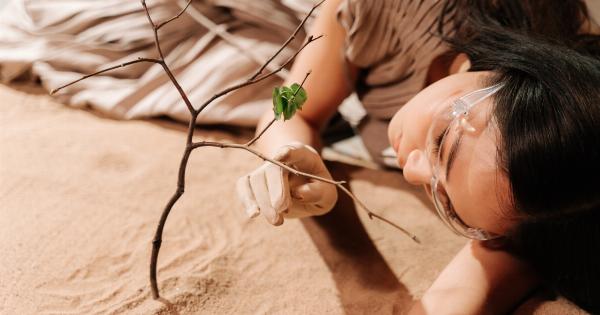Autumn, the season of colorful leaves, cool weather, and pumpkin spice everything, is also the time when pollen and other allergens run rampant.
If you are one of the millions of people who suffer from seasonal allergies, you know that fall allergies are just as uncomfortable and often more severe than spring or summer allergies. Here’s why autumn allergies are on the rise:.
1. Ragweed Pollen
Ragweed is the most common trigger for fall allergies. Ragweed season typically starts in August and lasts until October or November. A single ragweed plant can produce up to one billion pollen grains, which can travel up to 400 miles in the wind.
When inhaled, ragweed pollen can cause symptoms such as sneezing, runny nose, and itchy eyes. Climate change has also contributed to the increase in ragweed pollen production and potency.
2. Mold Spores
In addition to ragweed pollen, mold spores are another common allergen in the fall. As the leaves start to fall, they accumulate on the damp ground, creating an ideal environment for mold growth.
Mold spores can become airborne and cause symptoms such as coughing, wheezing, and difficulty breathing. People who are allergic to mold should avoid damp areas, such as basements and bathrooms, and keep their homes dry and well-ventilated.
3. Seasonal Changes
The transition from summer to fall can also trigger allergies for some people. The cooler temperatures and shorter days can cause trees, grasses, and weeds to start producing pollen.
In addition, the dry, windy weather in the fall can stir up allergens and spread them farther than in other seasons. People with fall allergies should pay attention to local pollen counts and take precautions when pollen levels are high.
4. Indoor Allergens
As temperatures drop in the fall, people tend to spend more time indoors. However, indoor allergens such as dust mites, pet dander, and cockroach droppings can cause just as many allergy symptoms as outdoor allergens.
To reduce exposure to indoor allergens, people should vacuum and dust regularly, wash bedding in hot water, and keep pets out of bedrooms.
5. Asthma Triggers
Fall allergies can also trigger asthma attacks in people with asthma. In addition to allergens such as ragweed and mold, cold weather, respiratory infections, and increased indoor air pollution can also aggravate asthma symptoms.
People with asthma should make sure they have an asthma action plan in place and carry their inhaler with them at all times.
While fall allergies can be frustrating, there are ways to manage symptoms and enjoy the season. If over-the-counter medications aren’t effective, people should see an allergist who can prescribe stronger medications or allergy shots.
With the right treatment plan, people with fall allergies can breathe easier and enjoy all that the season has to offer.





























